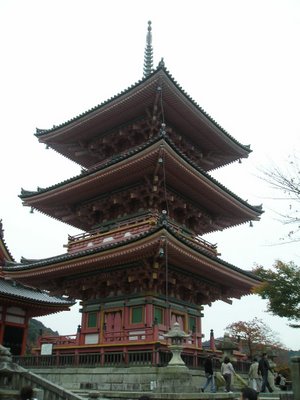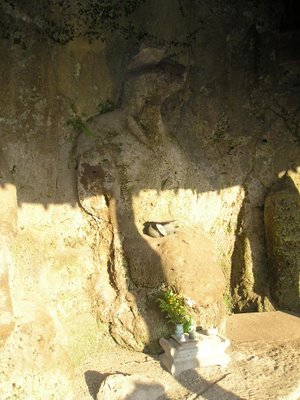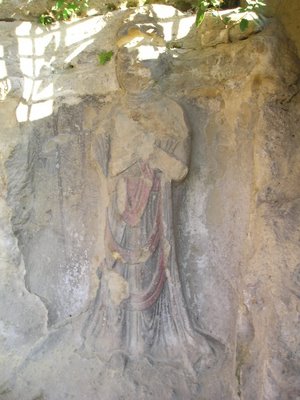Good health and prosperity to my family (and to you also).
A Flickr account where I can share my Philippine colonial church (and other places of worship) photo collection.
Visit the following national heritage colonial church sites: Mahatao, Batanes; Romblon, Romblon; Guiuan, Eastern Samar; Bacong, Negros Oriental; Lazi, Siquijor; Bohol; Boljoon, Cebu; Pan-ay, Capiz; Jimenez, Misamis Occidental; and Jasaan, Misamis Oriental.
Have a copy of Fr. Rene Javellana’s “Great Churches of the Philippines”.
Start writing a book about my visita iglesia.
Win the lotto jackpot.
Get to visit another country (preferably Europe but any will do).
For everybody in PRRM to get back in the groove.
Meet Renee Zellweger in person.
Mike Defensor to lose heavily in the election and GMA finally stepping down.
A HAPPY NEW YEAR TO US!
Photos below taken during the joint Christmas party of PRRM's Nueva Ecija family:
1-2) Gourmet's delight: fried daga (field rat), and kapalmuks (deep fried pig head) and charcoal grilled tilapia.


3-4) Guest beauty queens: San Jose City's Star Struck finalist and Miss Aritao.


A Flickr account where I can share my Philippine colonial church (and other places of worship) photo collection.
Visit the following national heritage colonial church sites: Mahatao, Batanes; Romblon, Romblon; Guiuan, Eastern Samar; Bacong, Negros Oriental; Lazi, Siquijor; Bohol; Boljoon, Cebu; Pan-ay, Capiz; Jimenez, Misamis Occidental; and Jasaan, Misamis Oriental.
Have a copy of Fr. Rene Javellana’s “Great Churches of the Philippines”.
Start writing a book about my visita iglesia.
Win the lotto jackpot.
Get to visit another country (preferably Europe but any will do).
For everybody in PRRM to get back in the groove.
Meet Renee Zellweger in person.
Mike Defensor to lose heavily in the election and GMA finally stepping down.
A HAPPY NEW YEAR TO US!
Photos below taken during the joint Christmas party of PRRM's Nueva Ecija family:
1-2) Gourmet's delight: fried daga (field rat), and kapalmuks (deep fried pig head) and charcoal grilled tilapia.


3-4) Guest beauty queens: San Jose City's Star Struck finalist and Miss Aritao.























































